Susan Glass: My Trip to Hungary
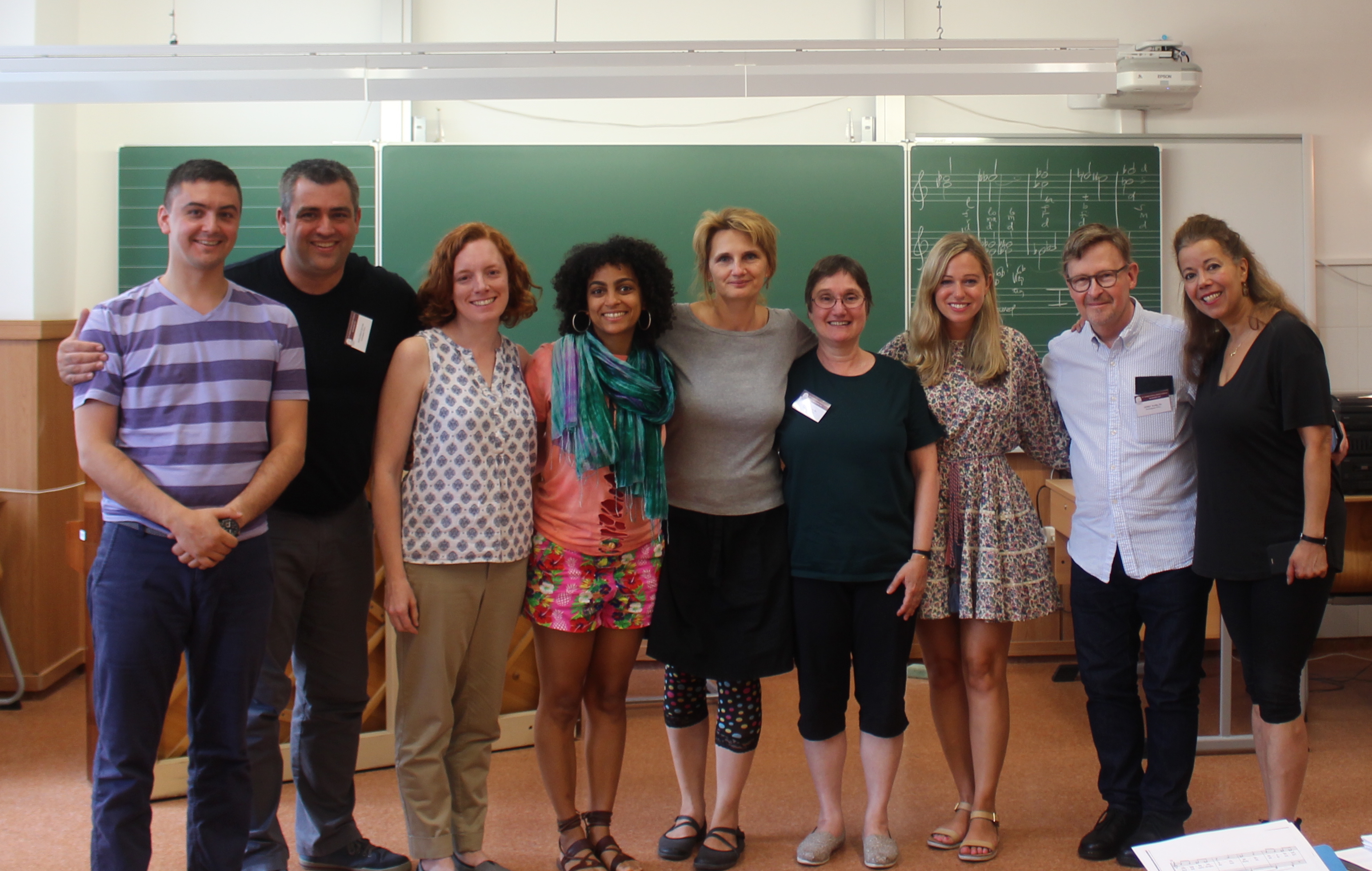
Kecskemet, Hungary, a small village 100 km from Budapest, is the birthplace of Zoltan Kodaly, the composer, ethnomusicologist, philosopher and educator whose work has inspired much of my teaching for my entire career.
I was there, at the International Kodaly Institute, only once before, in 1977, when I was on a college choir tour. Hungary was behind the iron curtain then, and it was evident from the moment we landed. There were soldiers everywhere, and we were put up in homes with families who did not speak English. Clearly, they wanted to control the environments of this bunch of New York college kids. I don’t remember lots of details of Budapest or Kecskemet from that trip, but I do remember the strangeness of the place, and the incredible music coming from the halls of the Institute. We attended a primary school class and the children singing were beyond belief.
40 years later, after spending so much of my career both learning and teaching the philosophy and the methods of the Kodaly Approach, it was a particularly poignant return. My purpose this time was to study, with colleagues and students from NYU, for the second week of the Institute’s annual two week summer seminar. Students attended from all over the world, and we got to sing with them in the two performing choirs for the week. Our other classes were just for us, since we were only there for one week.
I must record two facts: I had not been in a classroom as a student since finishing my doctorate in 1997. And, I had not been abroad since the birth of my children almost 18 years ago, nor been away from family and on my own. So there was some trepidation, both in the travel factor and the classroom factor.
From the outset, my first impression of Hungary this time was completely different! The new airport in Budapest was modern, colorful, and packed. I had travelled alone, two planes and a layover, and needed to wait several hours at the Budapest airport for my NYU buddies. When the group of 7 finally convened, we were so happy to see each other! And tired!
We headed to Kecskemet in a taxi and checked into a lovely, air-conditioned hotel. Whew! Together, we walked into the town square, which is the center of all things in Kecskemet.
Great first dinner together!
The town is famous for, besides Kodaly, its church bells, which ring several times throughout the day and evening. We all stood listening, enchanted by the sound we would hear every day for the next week. It was a wonderful welcome.
We began our classes at the Institute first thing Monday morning . I chose Mixed Choir with Arpad Toth. First hour every day. Right away (everyone else had already been there a week) solfeging with changing keys, lots of modulations. Loved jumping on the moving train! Singing the text in Hungarian was the most challenging. Loved his warm ups too.
Next period was solfege class: Our teacher, Katalin Korvesi, was a bit serious and different from the younger, more dynamic Arpad Toth. She reminded me of the old Hungarian teachers I had in my Kodaly training in the States, way back when the only teachers who were teaching in the States were Hungarian.
She jumped right in to work. I will not record the details of any of the lessons here (though I did write down her sequencing in every detail for my own analysis of her teaching.) What I can say is this: for the next 5 days, I was inspired, challenged, and continuously engaged for two hours without a break. The class challenged my ear, my theory, my singing, and my ability to put the music into my body. It was quite amazing how she was able to challenge all 7 of us on a very advanced level, though we were of somewhat different abilities. She never made anyone feel overwhelmed on one end or bored on the other. Her sequencing of activities both within each lesson and from lesson to lesson was impeccable. Her pacing was extraordinary. And she was so understated! I was in love….
Our first daily afternoon workshop was with Eszter Hargitay, a Jewish Hungarian teacher who now teaches Israeli/Jewish song and dance in London. And that’s what she taught us. It was marvelous, and very fun.
Our second daily workshop, from 4 to 6 pm every day, was with the other participants in the Institute. I chose to go to Arpad Toth, who did choral improvisation. Here, his dynamic personality worked well to engage the large group (probably 35 students in a big circle) in the late hours of a very full day, every day. His ideas were so creative and fun, and I have already incorporated some of them into my classes at LREI. I had issues with his use of African American material and African material in non-authentic versions. It was clear he was using the materials simply as the basis for the improvisation, without any understanding of their context. He did not seem eager to engage in discussion around this, so I left it alone. But it became a sticking point for me and provided me with further means of reflection on the topic of how/when/why/and where to use material from cultures not one’s own without providing context.
Aside from our daily work-outs — and they were work-outs! — we had wonderful lunches, too filling, and great dinners, also too filling. Evening concerts almost every night, and many many late night beers. Camaraderie abounded.
We had a final concert the last night, and a banquet gathering afterwards, which was held in what all the Hungarians liked to call “The Communista Cafe” — a Soviet style cafeteria that was a holdover from that era. The food, once again too filling, was ample and the spontaneous singing after dinner brought me back to college days for sure. The younger folks in our little group went on for more that night. I was clearly past my prime and fell asleep before my head hit the pillow.
Saturday morning it was off on the train to Budapest. A few of us were together as we traveled, others went on to other places in Europe. I stayed at a lovely hotel on the Pest side. I did not remember the city from my college days. It surely was not as glowing and beautiful then! It’s a gorgeous city and quite friendly.
Four of us went right away to the Bartok House, a great tribute to Hungary’s most famous composer.
The next three days were a whirlwind of tourism, both alone and with a few others from NYU. I got my sea legs quickly — after all, big cities are my specialty — learned the metro system and the money exchange, and went everywhere. (There was this one time when I used a sidewalk ATM, feeling so confident, and accidentally took out the equivalent of almost $800 in cash! But we won’t dwell on that…)
St. Mathias Church on top of the hill in Buda — saw a wonderful concert there.
Parliament — toured this amazing place — one of the most beautiful buildings in the city – the view of it at night is spectacular.
Museum of Ethnographie — great exhibit on FEET!
Tour of the Jewish Quarter and the Old Synagogue — the second largest in the world.
Lots of shopping and wandering, and eating of course.
It was over in a flash. I came home a better musician, a more confident traveler, and an inspired teacher. Hard to believe it was only 11 days.
THANK YOU LREI!!!!!!
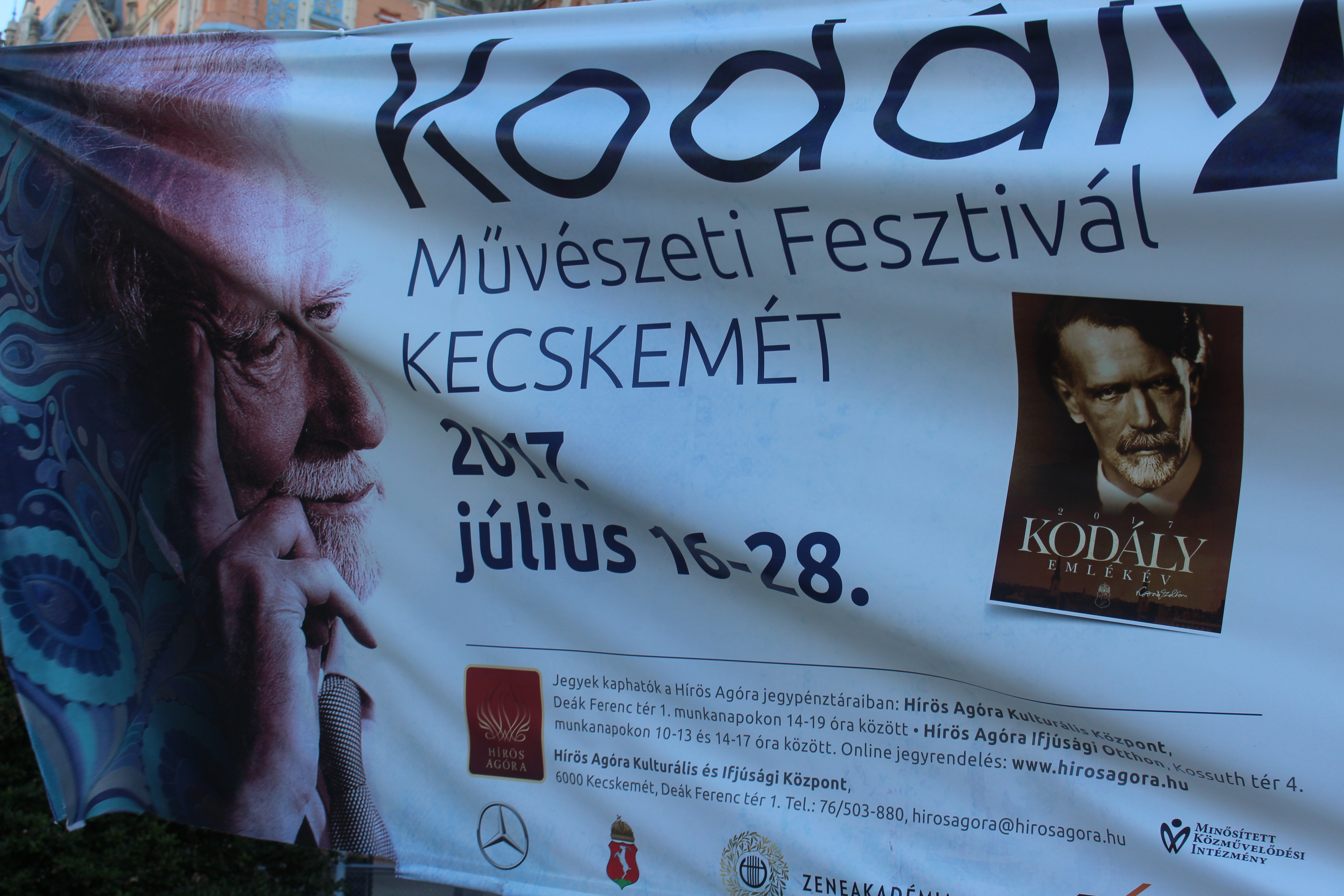

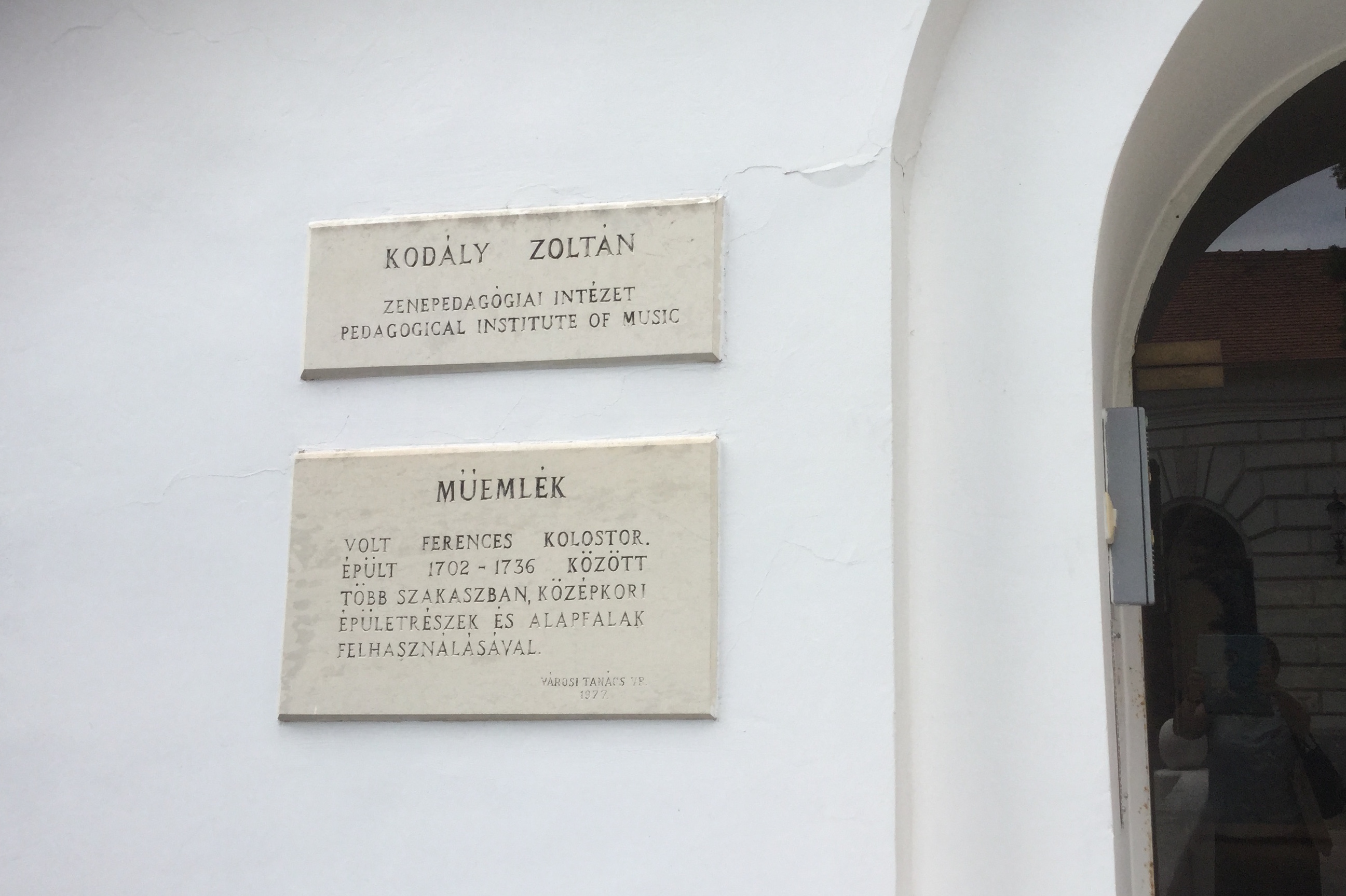
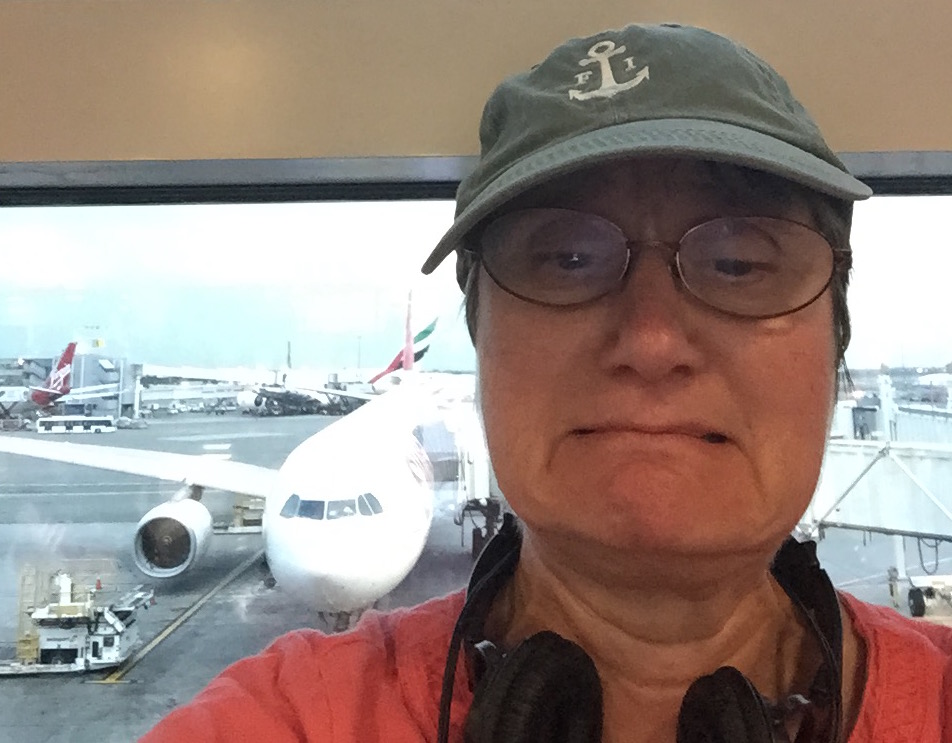
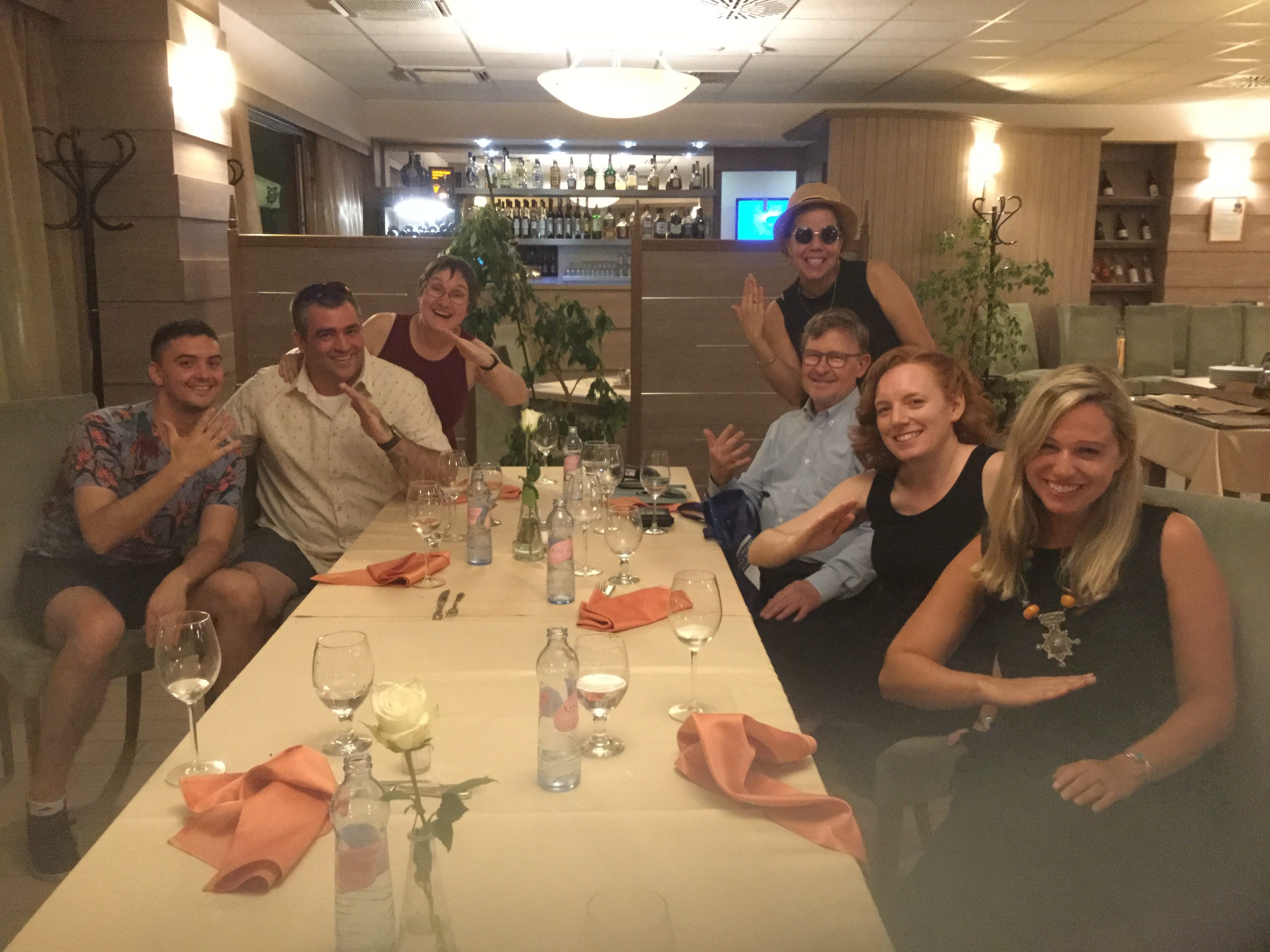
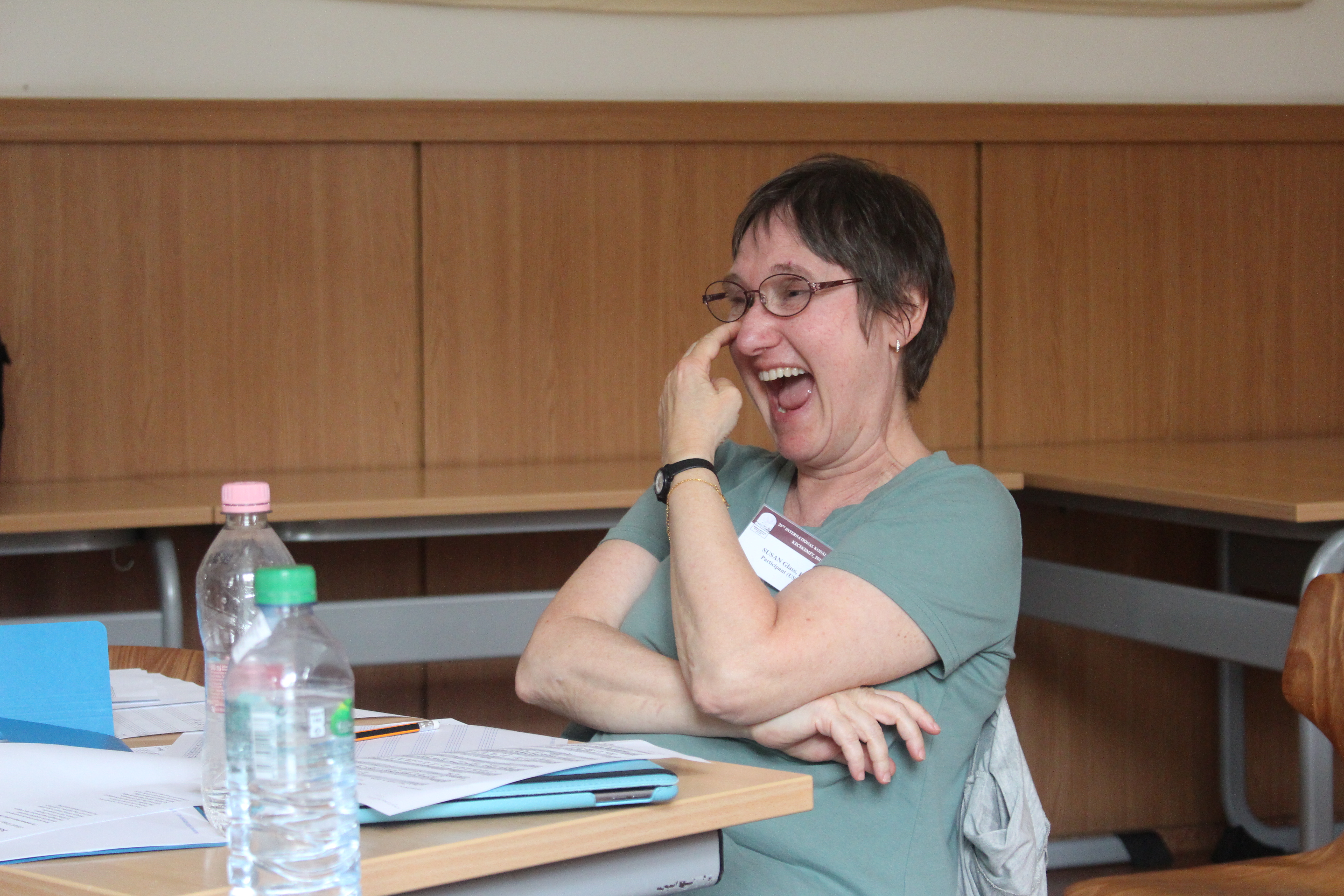
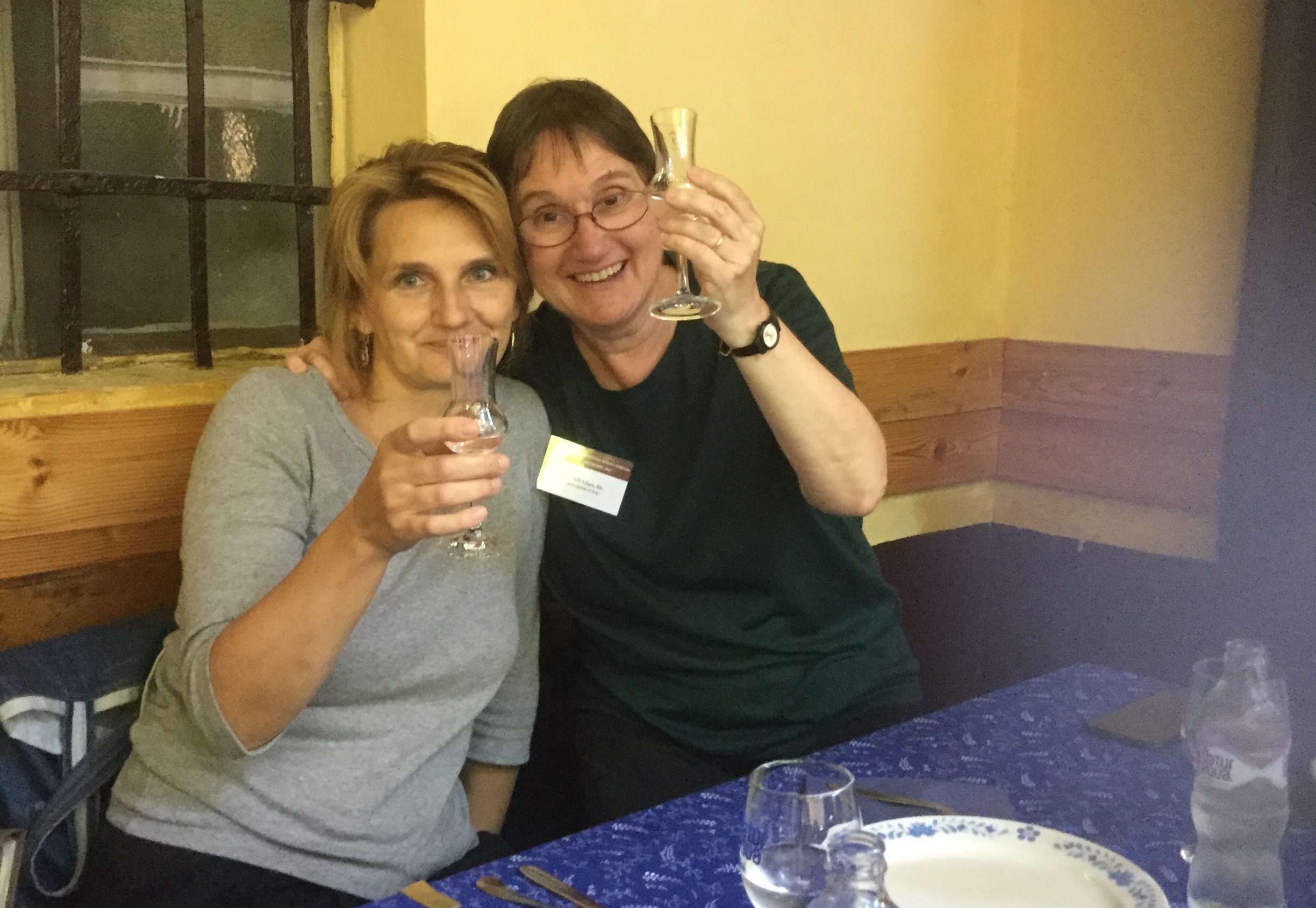
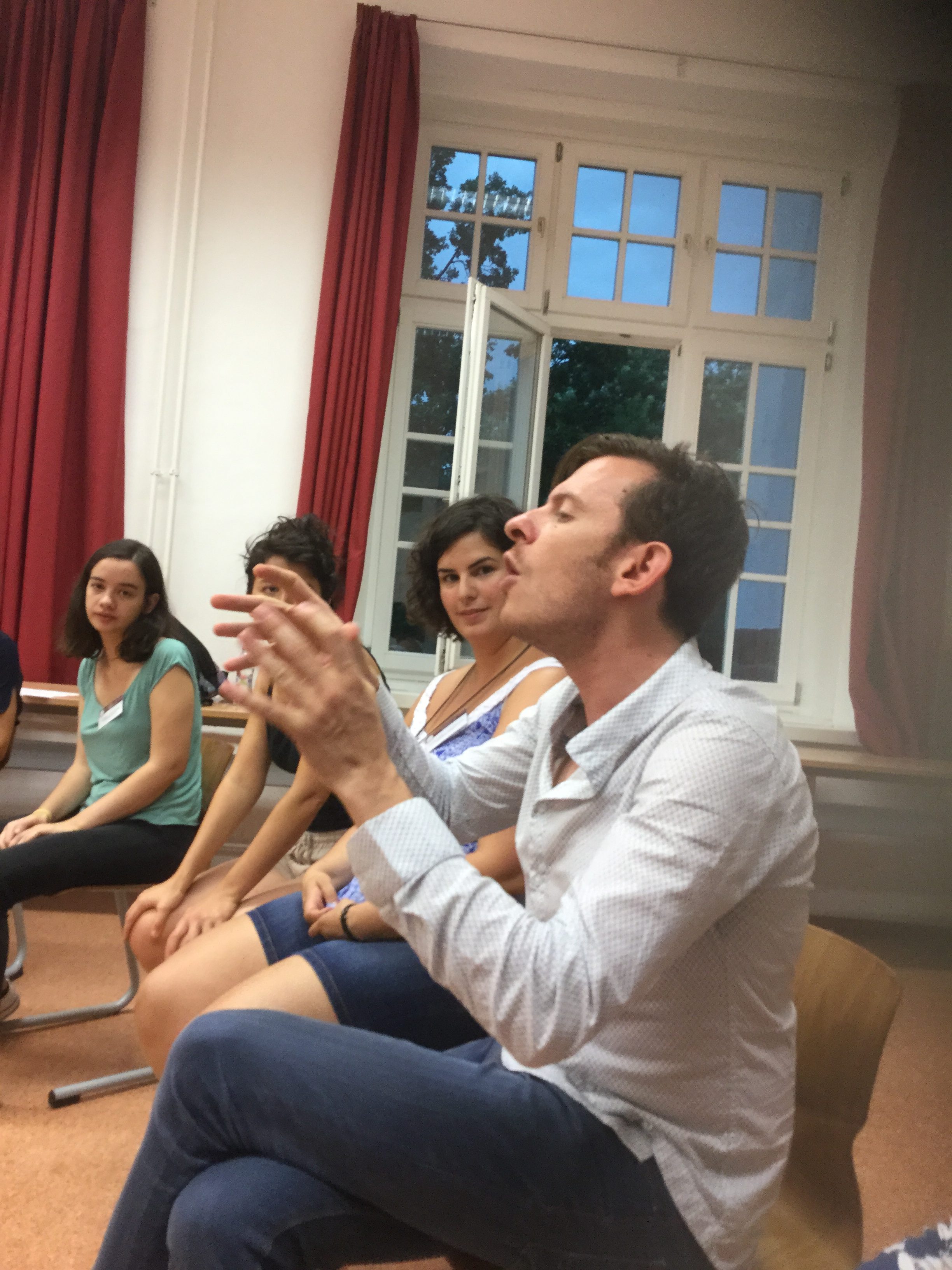

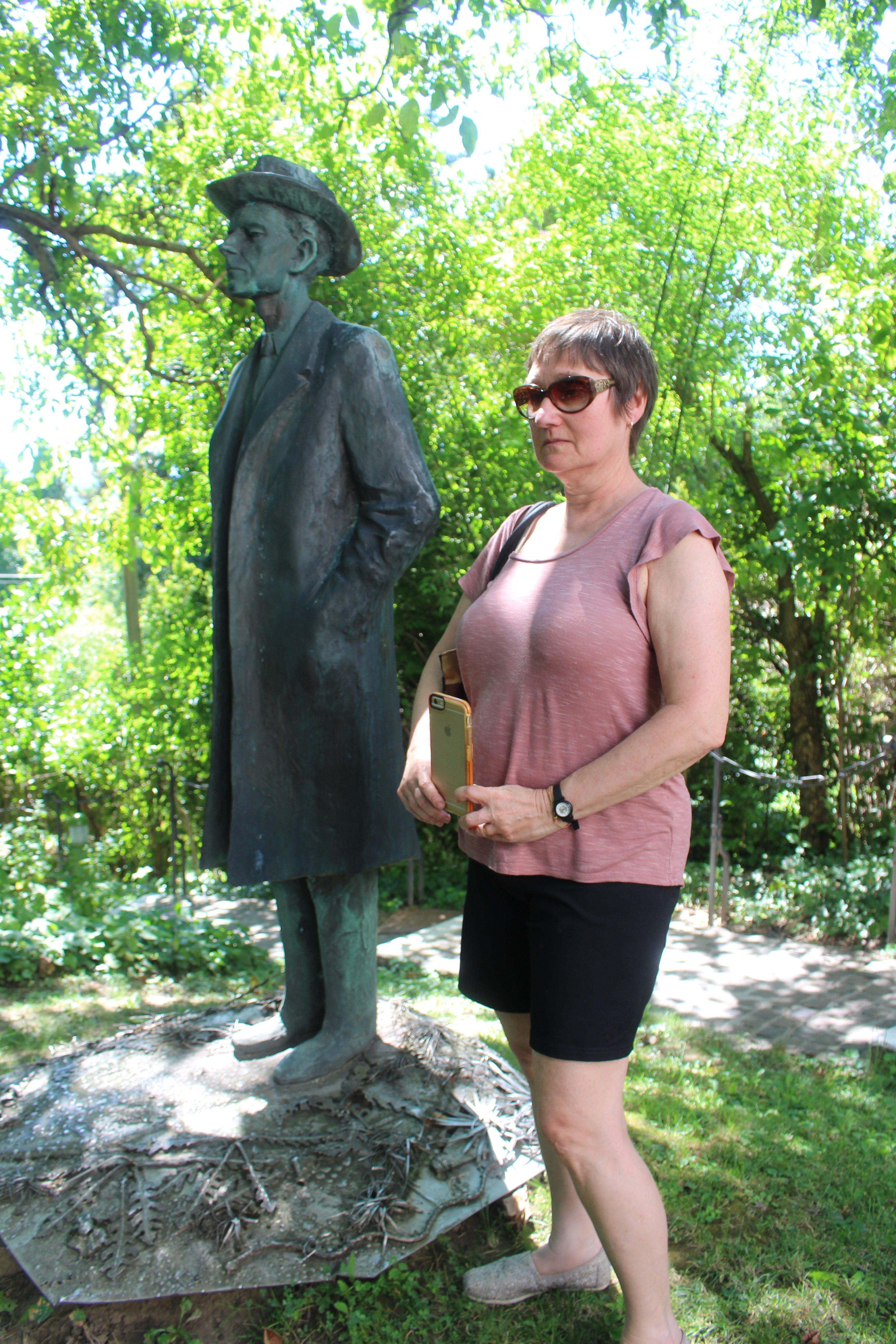


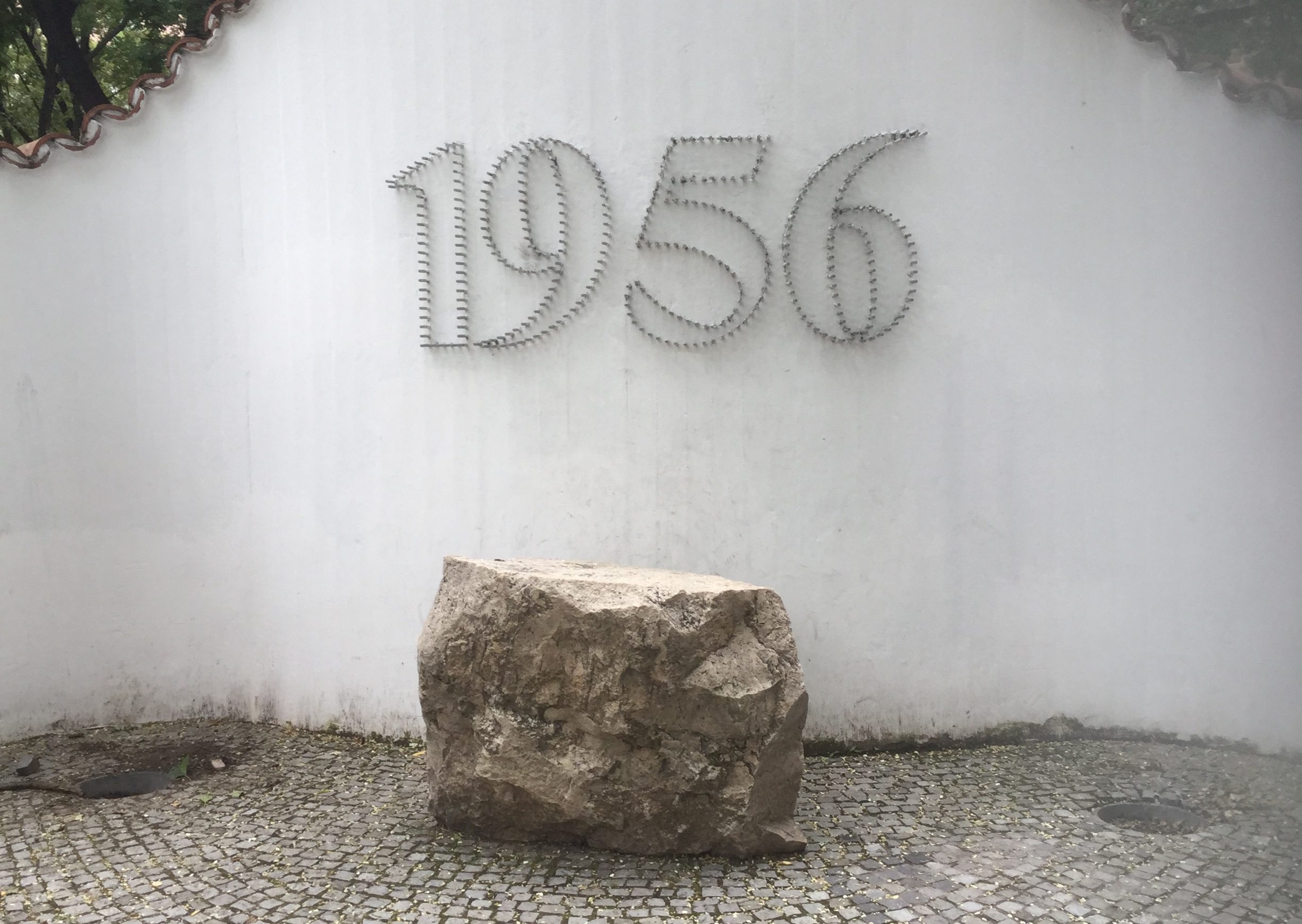
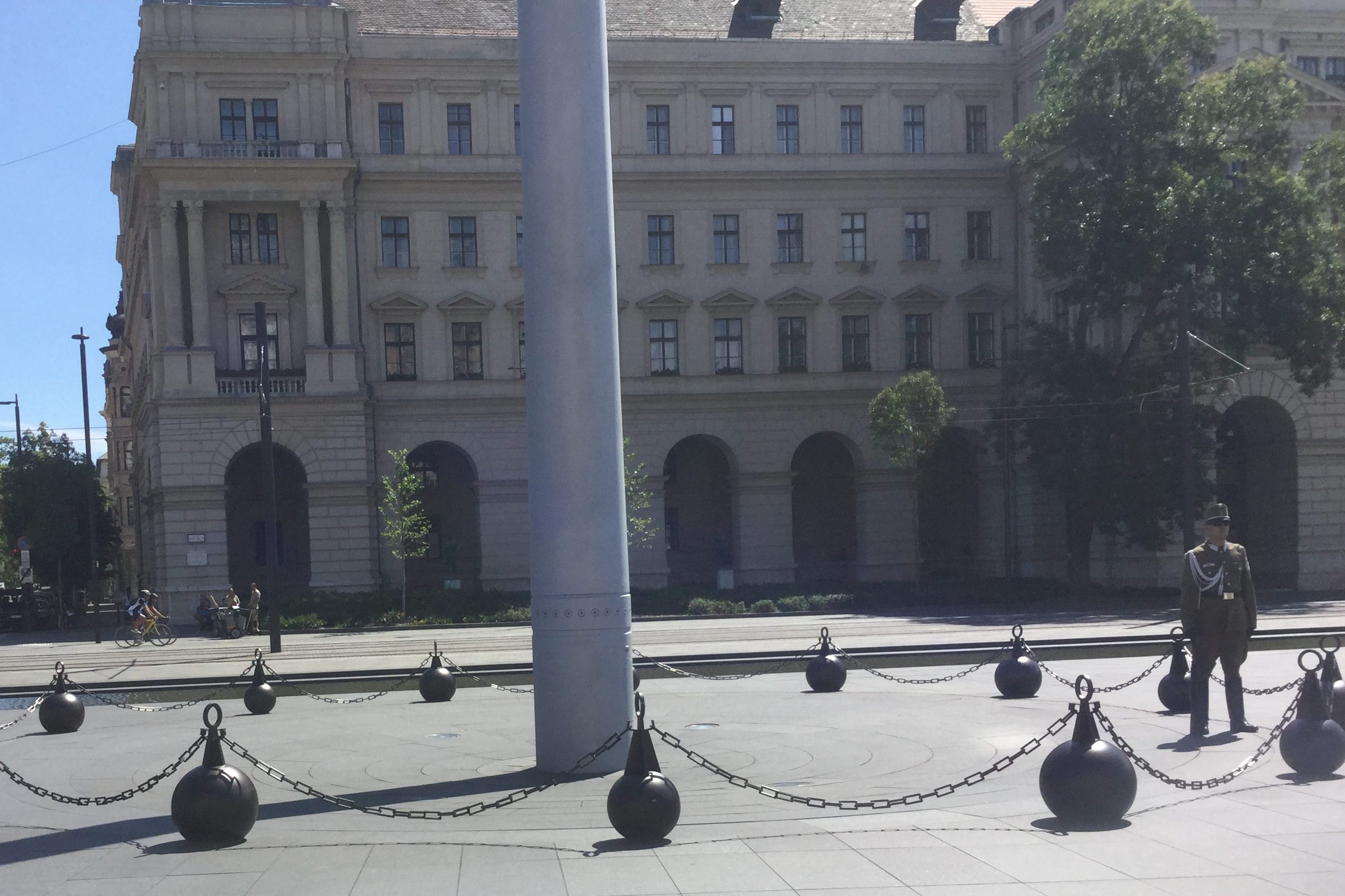
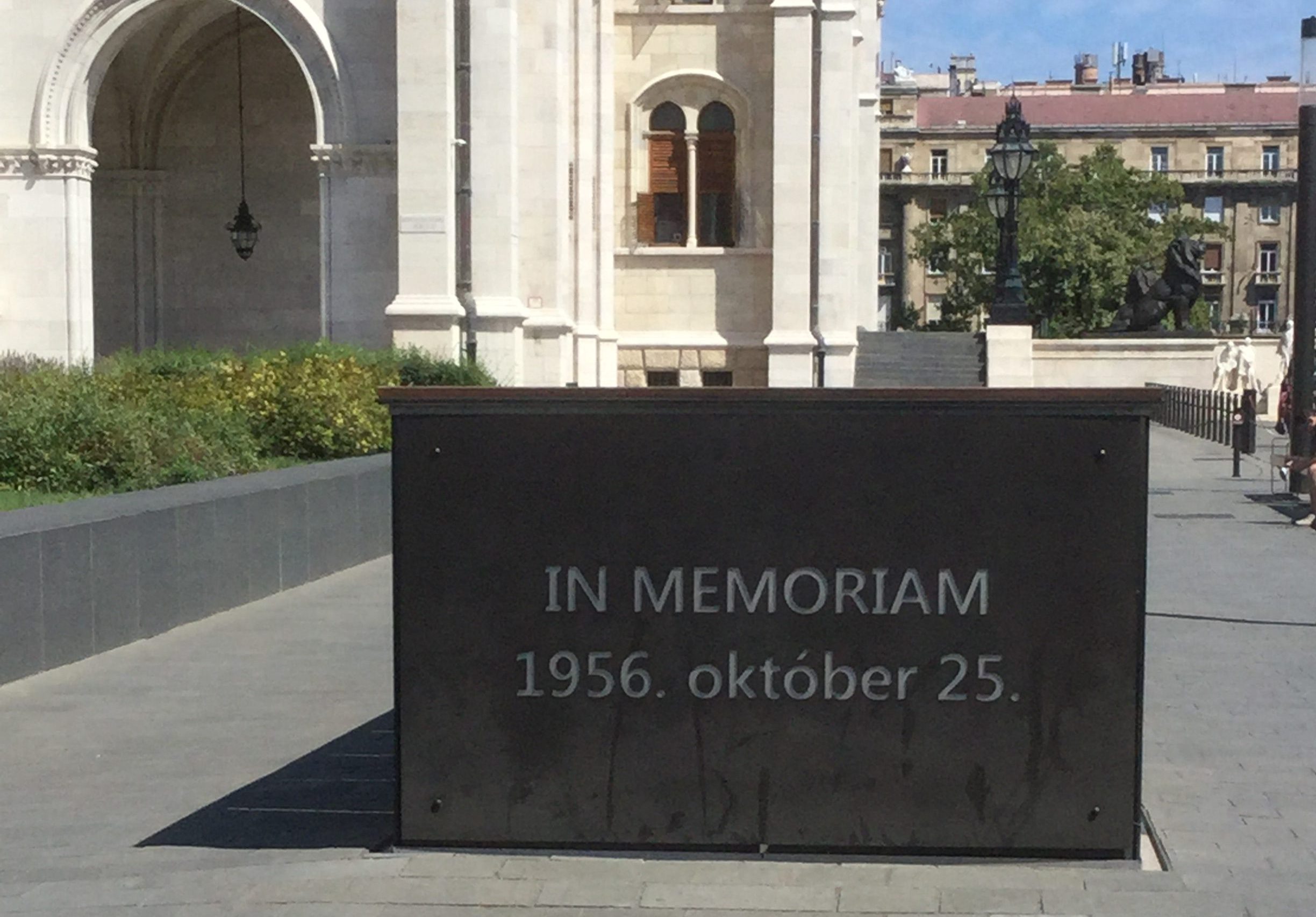
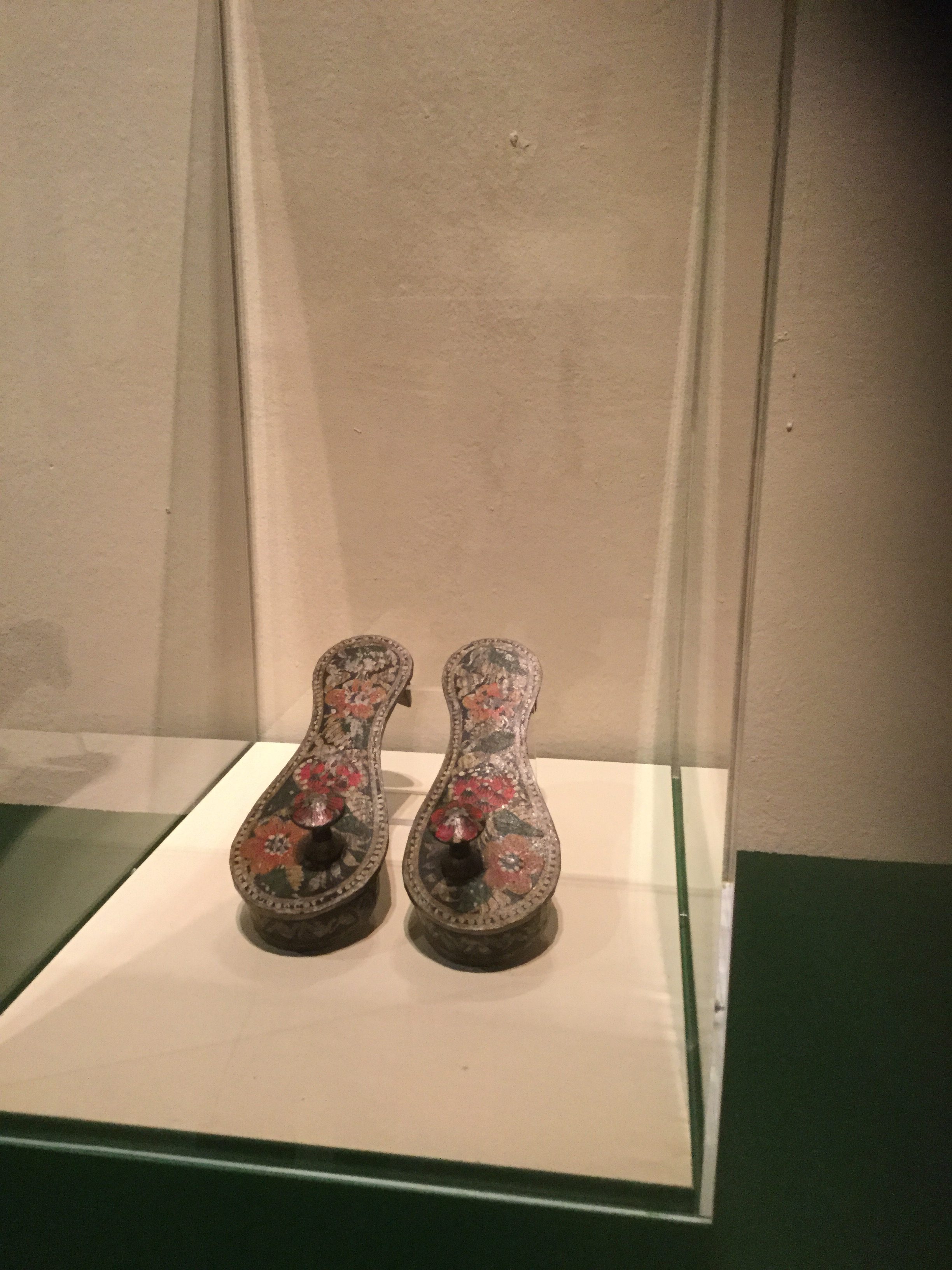
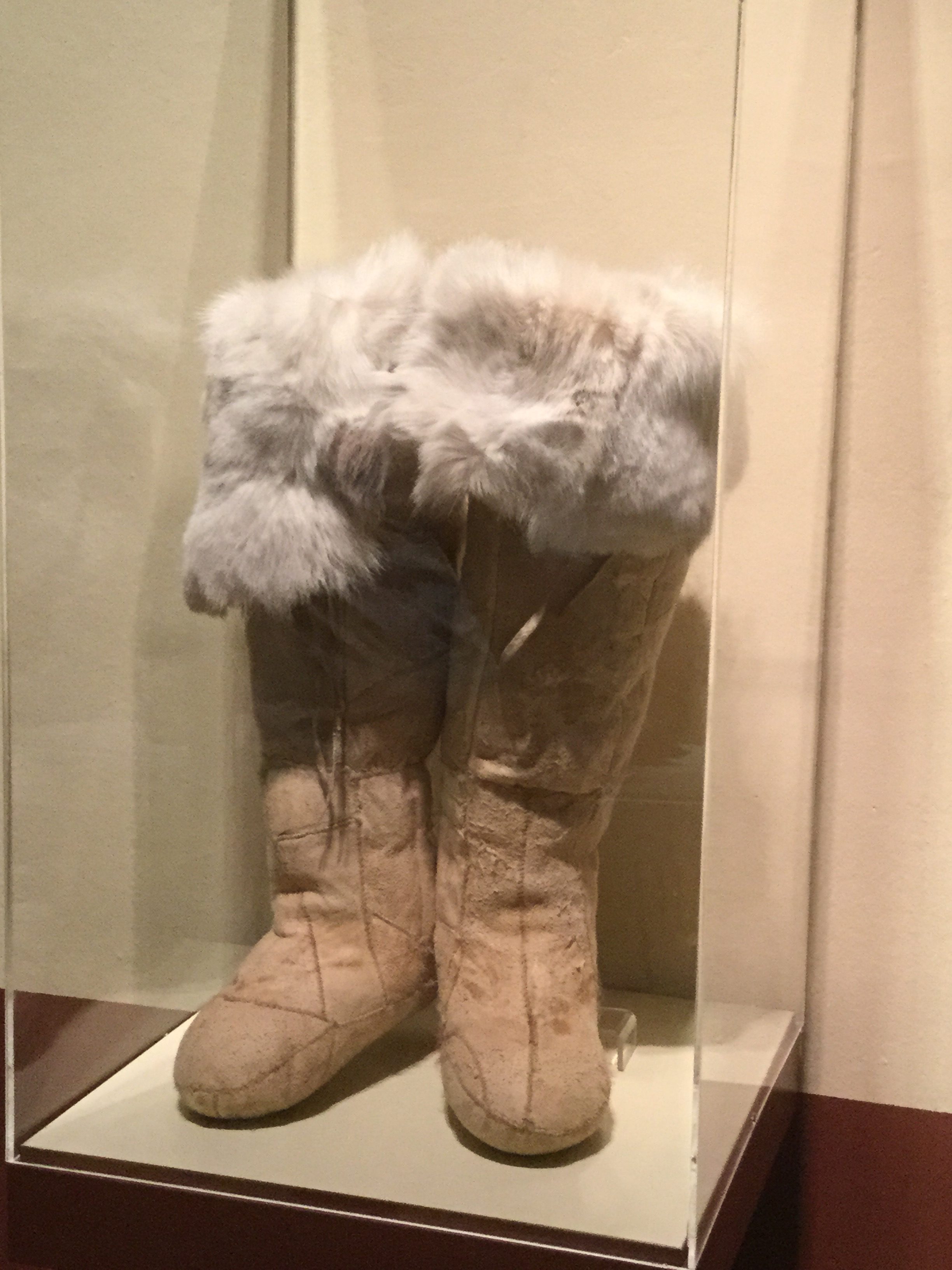
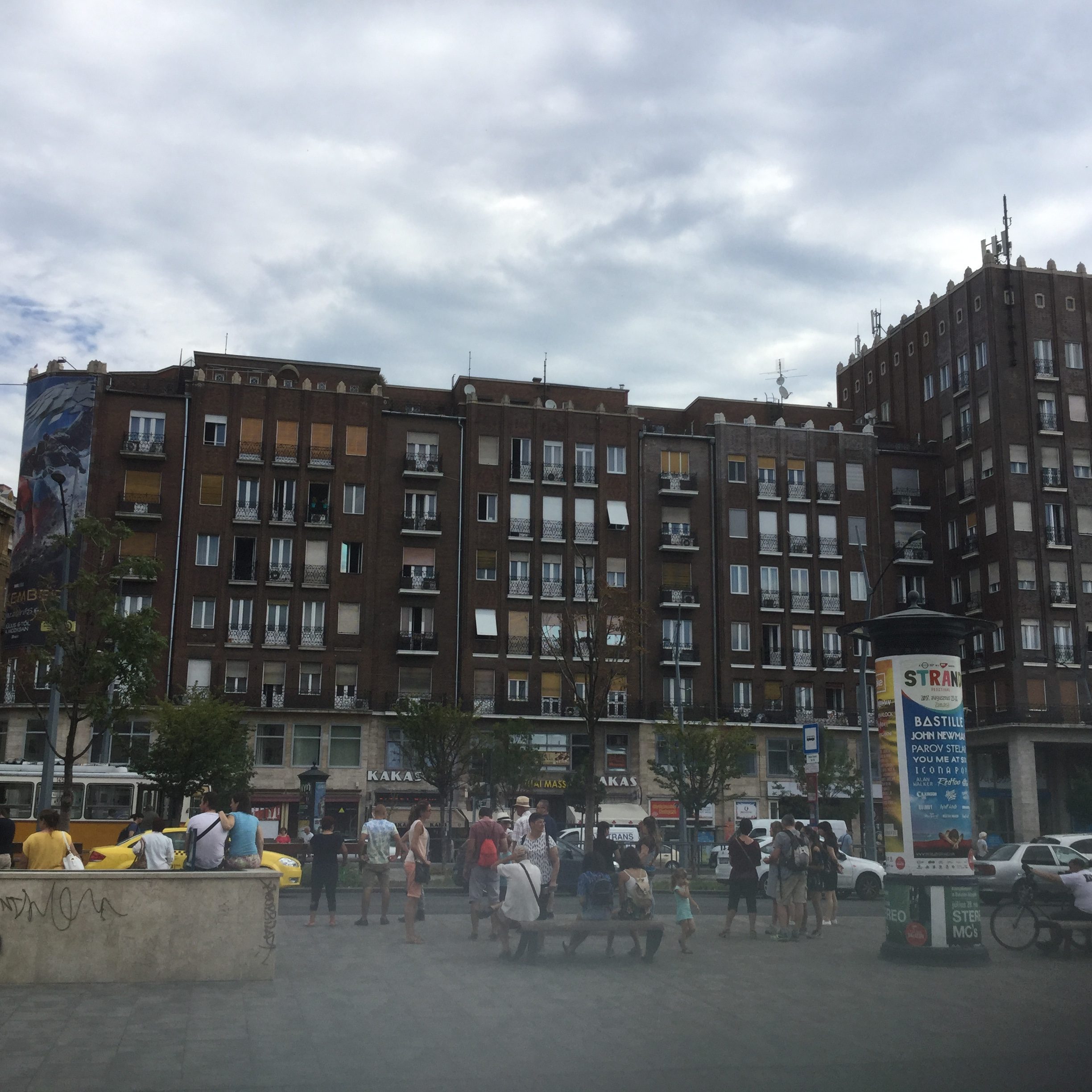
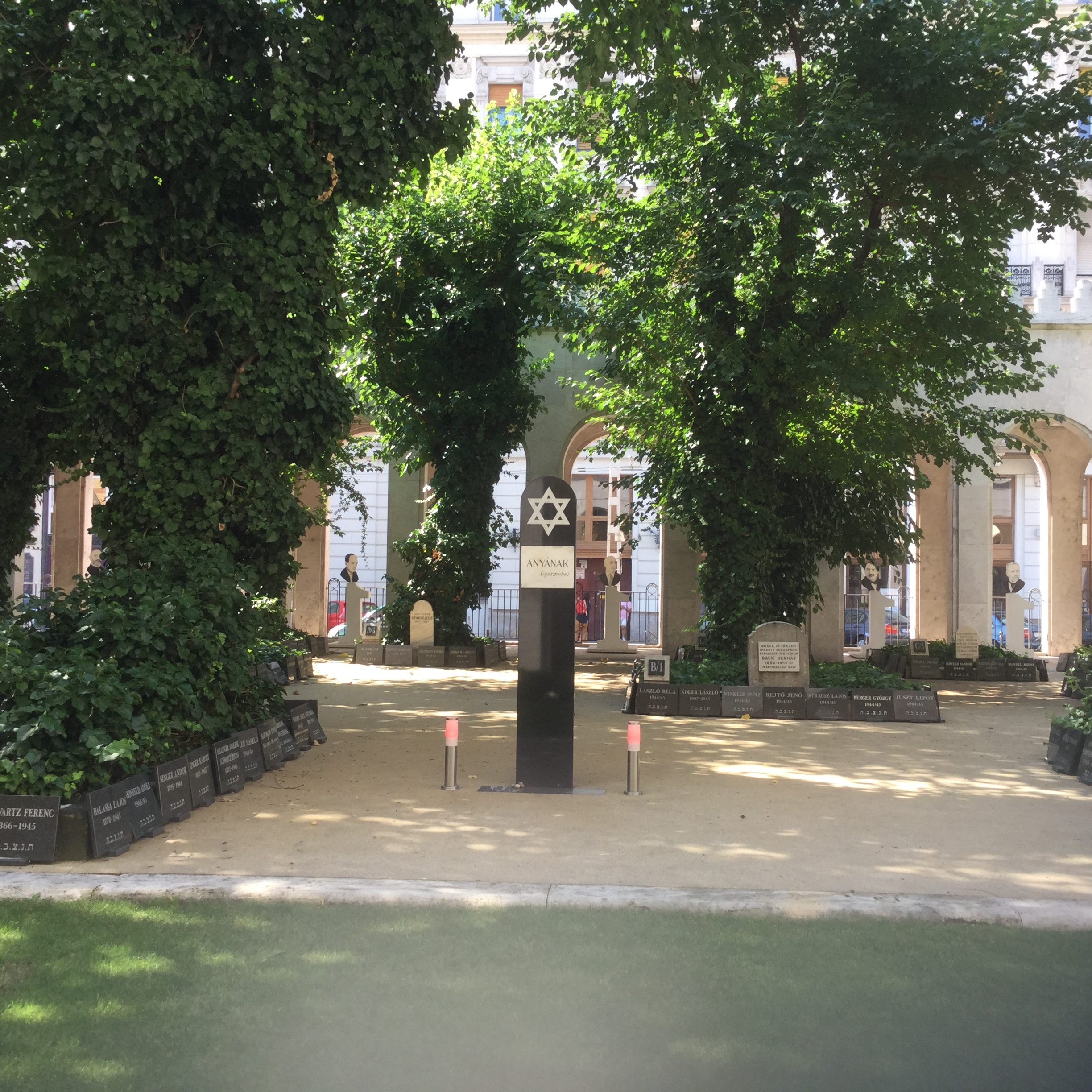
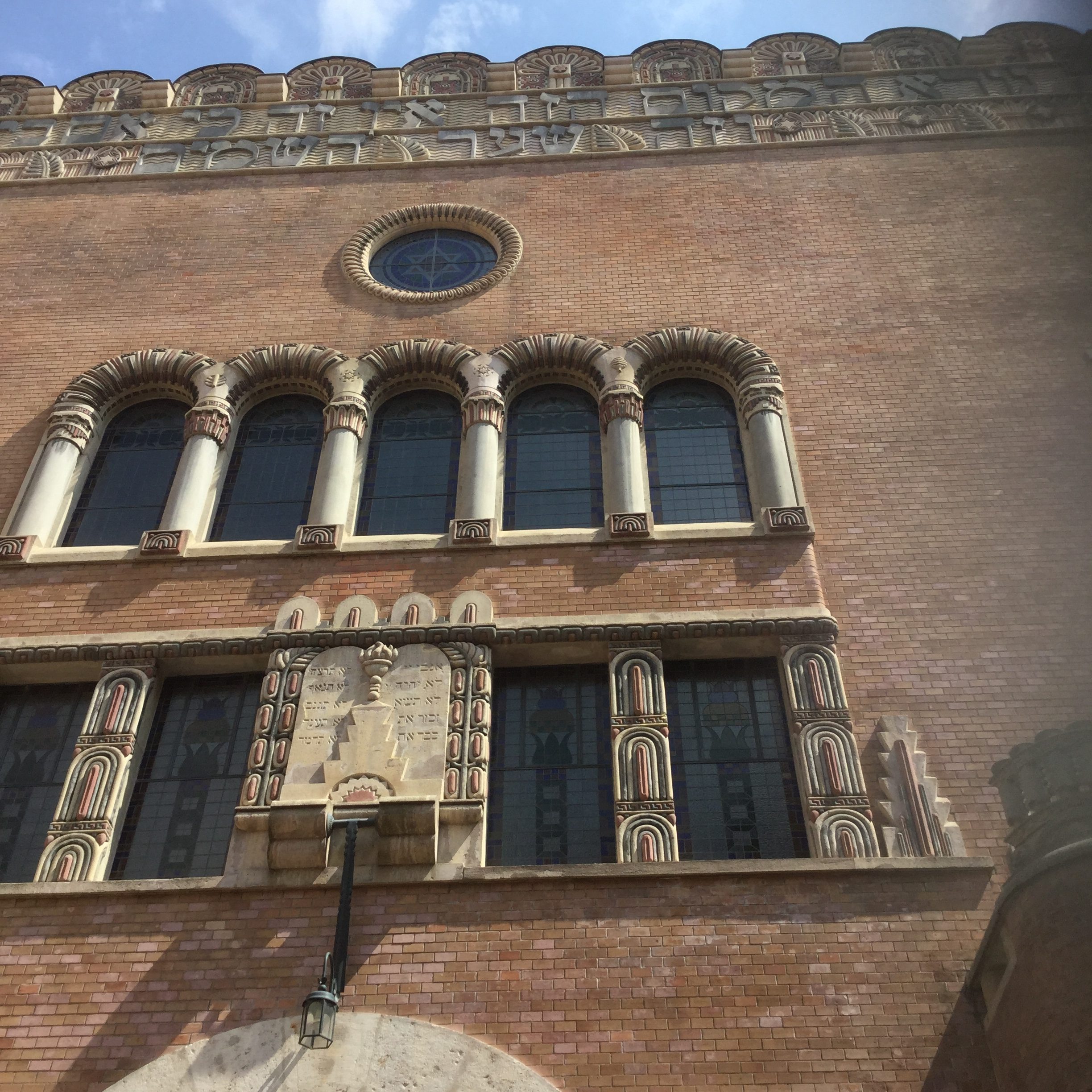

Thanks, Susan, for your commentary. So nice to see Panni again. Have you seen your work this summer in your work this fall with the students?